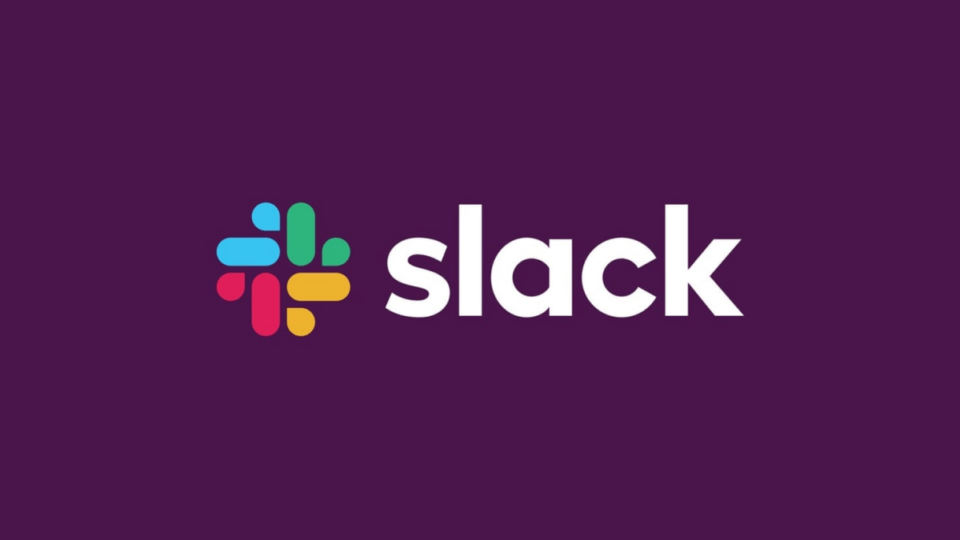A Practical Guide to Reduce Deepfake Vishing Attacks
Founder • 2025-01-22
Guide to reduce deepfake vishing
In today’s fast-evolving technological landscape, cybercriminals are constantly finding new ways to exploit vulnerabilities. Among the most alarming threats is deepfake vishing, a sophisticated form of fraud that combines artificial intelligence (AI) and social engineering. By leveraging deepfake technology, attackers can convincingly mimic voices, making traditional voice-based authentication methods increasingly unreliable. In this guide, we’ll explore practical ways to reduce deepfake vishing attacks and safeguard your organization.
Understanding Deepfake Vishing
Deepfake vishing (voice phishing) occurs when malicious actors use AI-generated audio to impersonate someone—typically a trusted executive, colleague, or authority figure—to manipulate victims into divulging sensitive information or performing unauthorized actions. This combination of AI and deception poses a significant risk to businesses and individuals alike, as the perpetrators often sound indistinguishable from the real person they are mimicking.
Why Deepfake Vishing Is a Growing Threat
- Accessibility of AI Tools: Tools for generating realistic audio deepfakes have become more accessible.
- Increased Remote Work: With more people working remotely, voice communication via calls and virtual meetings has surged, creating more opportunities for attackers.
- Social Engineering Synergy: Deepfakes enhance the effectiveness of vishing by building on traditional social engineering techniques.
Practical Ways to Reduce Deepfake Vishing Attacks
1. Educate Employees and Stakeholders
Awareness is the first line of defense. Organizations should train employees to:
- Recognize potential deepfake vishing attempts.
- Avoid sharing sensitive information over the phone without verifying the caller’s identity.
- Follow established protocols for sensitive actions like transferring funds or sharing confidential data.
2. Implement Multi-Factor Authentication (MFA)
Relying on voice alone for identity verification is no longer sufficient. Incorporate multi-factor authentication (MFA) to add layers of security, such as:
- PINs or passwords.
- Biometric authentication (e.g., fingerprint or facial recognition).
- One-time passcodes sent to a trusted device.
3. Use AI Tools Like Avina from Verifia
Leveraging advanced AI tools can help combat AI-enabled threats. For example, Avina from Verifia is an AI-powered agent designed to automate and secure organizational operations. Here’s how Avina can help:
- Call Verification: Avina can authenticate callers using advanced algorithms to detect inconsistencies in voice patterns.
- Anomaly Detection: It identifies unusual behavior or requests that deviate from established norms, flagging potential vishing attempts.
- Streamlined Processes: By automating routine tasks, Avina reduces human error and improves security efficiency.
4. Verify Unusual Requests Through Secondary Channels
Encourage employees to verify any unusual or high-stakes requests through an alternative channel, such as:
- Sending an email to the person allegedly making the request.
- Using a company-sanctioned messaging app.
- Confirming in-person when possible.
5. Deploy Real-Time Deepfake Detection Tools
Invest in technology that can detect deepfake audio in real-time. Many tools use AI to analyze audio for:
- Inconsistencies in voice frequency or tone.
- Artifacts commonly produced by AI-generated audio.
6. Limit Access to Sensitive Information
Minimize the risk by implementing strict access controls. Only grant access to sensitive information on a need-to-know basis. This limits the impact of potential breaches and ensures fewer targets for attackers.
7. Regularly Update Security Protocols
The threat landscape is constantly changing, so ensure your organization:
- Conducts regular security audits.
- Updates communication and authentication protocols.
- Stays informed about emerging threats and technologies.
Staying One Step Ahead
Deepfake vishing attacks represent a growing challenge in the cybersecurity realm. However, by combining employee education, advanced AI tools like Avina from Verifia, and robust authentication measures, organizations can significantly reduce their risk. Proactive measures and vigilance are key to staying one step ahead of cybercriminals.



